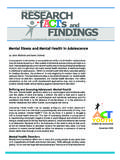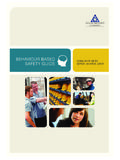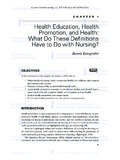Transcription of Patient Engagement and Coaching Models - …
1 Patient Engagement and Coaching Models Janet Tennison, PhD, MSW Larry Garrett, PhD(C), MPH Presenting with the 5 I s Interactive Informal Imperfect Iterative Informative Patient Centered Care ..care that is respectful of and responsive to individual Patient preferences, needs and values, ensuring that Patient values guide all clinical decisions IOM. (2001). Crossing the Quality Chasm: A new health system for the 21s century. Washington, DC: National Academy Press. PCC Components for Patient s values, preferences, & expressed needs & integration of care , communication, education comfort support of family and friends and continuity Picker Institute. (n. d.). Picker Institute FAQ.
2 Retrieved from the Picker Institute Website at: Lucy s ACL Surgery Needs, Preferences, Information, Support Text message Tuesday: We look forward to seeing Lucy Friday! Friday: Do you prefer text message, email, Patient portal, or phone call? Monday call: How is Lucy? Do We Really Provide PCC? Resurgence of PCC nationwide In Mission, Vision, Values statements Studies Health professionals tend to overestimate provision of PCC Rank care priorities differently than patients Sometimes the CARE in healthcare is NOT EVIDENT Ideal Patient Approach PCC Patient Engagement Self-Management Shared Decision -Making Coaching Chronically ill patients make many daily health decisions - Diet, exercise, medication, when to seek medical care Sometimes make unwise decisions Don t fully understand implications of particular health decision Lack support to make better choices Why Patient Engagement ?
3 To assist high-risk patients who have been unsuccessful at managing their own care To engage patients in improving self-care To improve the relationship between providers and patients Most Important Determinant Shared relationship between Patient and provider most important to advance healthy behaviors Norris, S. L., Engelgau, M. M., & Narayan, K. M. V. (2001). Effectiveness of self-management training in Type 2 diabetes. Diabetes Care, 24, 561-587. Can We Be Engaged? 23% adopted new health behaviors (but unsure could maintain if stressed) Remaining 77%: -- Remain passive recipients (12%) -- Lack basic facts to follow treatment recommendations (29%) -- Have facts, but no skills, confidence (36%) Hibbard, J. H., Mahoney, E.
4 R., Stock, R., & Tusler, M. (2007). Do increases in Patient activation result in improved self-management behaviors? Health Services Research, 42, 1443-1463. Education + Self-Management Information, technical skills Problems due to poor disease control Disease-specific knowledge, technical skills Goal is compliance with behavior to improve outcomes Skills to act on problems patients identify problems in management Improving Patient confidence in abilities to make changes Goal is increased self-efficacy to improve outcomes Education + Self-Management Information, technical skills Problems due to poor disease control Disease-specific knowledge, technical skills Goal is compliance with behavior to improve outcomes Skills to act on problems patients identify problems in management Improving Patient confidence in abilities to make changes Goal is increased self-efficacy to improve outcomes Education + Self-Management Information.
5 Technical skills Problems due to poor disease control Disease-specific knowledge, technical skills Goal is compliance with behavior to improve outcomes Skills to act on problems patients identify problems in management Improving Patient confidence in abilities to make changes Goal is increased self-efficacy to improve outcomes Patient Self-Management Facilitating healthy behavior change Training problem-solving skills Assisting with emotional impact of a chronic condition Maintaining regular, sustained follow-up Encouraging active participation in disease management Bodenheimer, T., & Abramowitz, S. (2010). Helping patients help themselves: How to implement self-management support. Oakland, CA: California HealthCare Foundation. Transcript Studies Providers tend to take control of communication, direct topics away from Patient concerns, avoid offering empathy or validation Have strong desire to dive into first problem patients mention Reasons: Cited fear that Patient verbalization will extend length of interaction; lacked awareness Epstein, R.
6 M., Mauksch, L., Carroll, J., & Ja n, C. R. (2008). Family Practice Management , 15(3), 35-40. Effective Communication Literature review (1949-2008): Communication positively correlated with Patient adherence Decreases potential for errors; promotes Patient Engagement Talk to me like you would to your friends Zolnierek, K. B., & Dimatteo, M. R. (2009). Physician communication and Patient adherence to treatment: A meta-analysis. Medical Care, 47(8), 826-34. Health Coaching Method to guide patients to address health, make needed behavior changes Involves goal setting, identifying obstacles, using support systems Relationship between coach and coachee is accountability partnership focused on health goals defined by both Health Coaching .
7 (n. d.). Retrieved from Wikipedia Website at Medication Adherence? Take 3 tablets by mouth 2 times per day, with food for 14 days, then take 2 tablets 2 times per day with food for 14 days, then take 1 tablet every morning, 30 minutes before meal for 14 days, then take tablet every morning, 30 minutes before meal for 14 days Medication Adherence 40-80% medical information given forgotten immediately; half retained is incorrect[1] Physicians thought 89% of patients understood medication side effects, only 57% of patients understood[2] 1. Kessels, R. P. (2003). patients ' memory for medical information. Journal of Social Medicine, 96(5), 219-222. to Advance Physicians Communication Skills. (n. d). Retrieved from AHRQ Website.
8 How would you engage your Patient to take this medication correctly? Take 3 tablets by mouth 2 times per day, with food for 14 days, then take 2 tablets 2 times per day with food for 14 days, then take 1 tablet every morning, 30 minutes before meal for 14 days, then take tablet every morning, 30 minutes before meal for 14 days Teach-Back Method Method to confirm patients understand what we tell them Tell me why you need this medication Tell me how you would take this medication Teach Back not a test of Patient 's knowledge Is a test of how well we explain something Kessels, R. P. (2003). patients ' memory for medical information. Journal of Social Medicine, 96(5), 219-222. Teach-Back Method View this DVD and be ready to show us you can do the ROM exercises for Lucy Motivational Interviewing A collaborative, Patient -centered form of guiding to elicit and strengthen motivation for change Miller, W.
9 R. & Rollnick, S. (2009). Ten things that Motivational Interviewing is not. Behavioural and Cognitive Psychotherapy, 37, 129- 140. Motivational Interviewing Non-judgmental, non-confrontational, non-adversarial Explore and resolve ambivalence Help patients envision a better future, and become increasingly motivated to achieve it Miller, W. R. & Rollnick, S. (2009). Ten things that Motivational Interviewing is not. Behavioural and Cognitive Psychotherapy, 37, 129- 140. Why We Need MI No matter what reasons we might offer to convince individuals of the need to change their behavior, or how much we want them to, lasting change is more likely to occur when they discover their own reasons and determination to change. Four Principles of MI empathy See things through the client s eyes discrepancy Explore how they want their life and how it is now with resistance Do not fight client resistance, but "roll with it of self-efficacy Embrace client autonomy OARS Open-ended questions Affirmations Reflections Summaries Reality and Practicality It takes time to engage patients .
10 You may have to adjust your workflow Promote planned care, and team-based care Don t try to fix patients problems, help them fix their own It works start with small changes Engaging patients Through Coaching : A Method to Consider Larry Garrett, PhD(c), MPH, BSN HealthInsight Fractals Fractals are self-similar patterns, that are "the same from near as from far" Fractals may be exactly the same at every scale, or they may be nearly the same at different scales. Fractals Fractals are self-similar patterns, that are "the same from near as from far" Fractals may be exactly the same at every scale, or they may be nearly the same at different scales. Fractals Fractals are self-similar patterns, that are "the same from near as from far" Fractals may be exactly the same at every scale, or they may be nearly the same at different scales. Fractals Fractals are challenging to work with as you are never sure if your working characteristic is far or near.

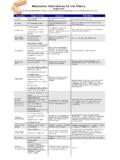
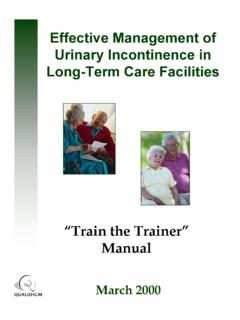
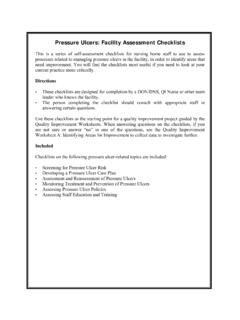
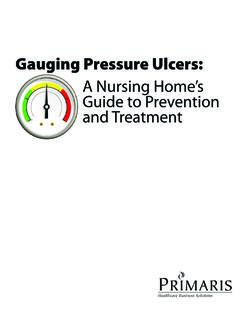
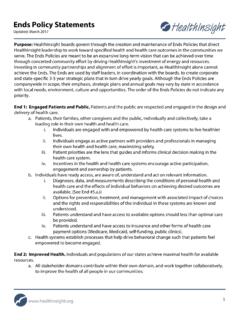
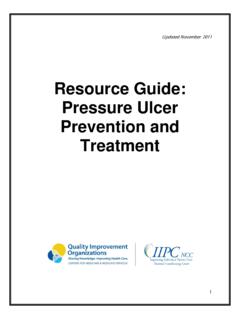
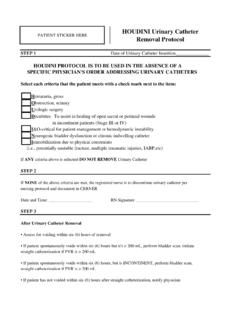
![2014 QAPI Plan for [Facility Name]](/cache/preview/6/6/9/d/c/1/a/b/thumb-669dc1ab5a6c622d3e508ca0e8604845.jpg)


